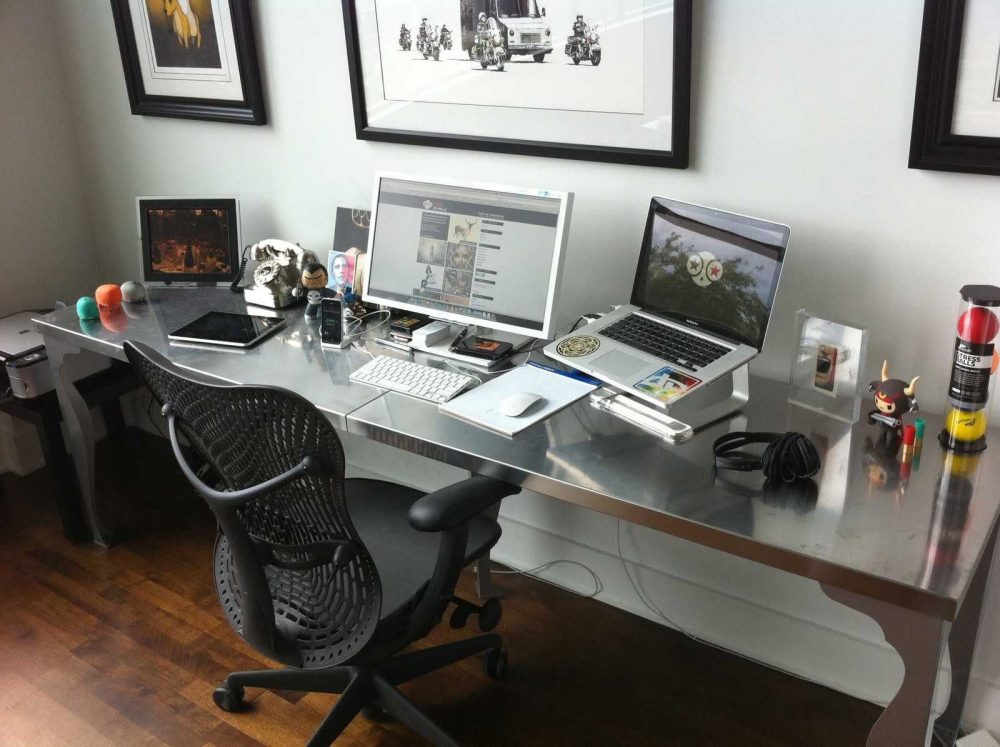In 2025, the labor market more closely resembles a marketplace: goods are skills, sellers are job seekers, and buyers are employers. Digital transformation has completely changed the concept of employment. The question “how to find a good remote job” no longer sounds like a challenge if you understand the structure of this market and use clear tools.
New Labor Landscape: Where to Look and What to Rely On
The labor market is experiencing a phase of stratification. According to DataReportal, over 31% of professionals worldwide work remotely at least part of the time. The demand for digital professions has grown by 38% in two years, and the average hiring time in the IT sector has been reduced to 14 days.

To understand how to find a good remote job, it is important to use clear guidelines, not abstract advice:
- Platforms. Upwork, WeWorkRemotely, Toptal, RemoteOK – tools not for novice freelancers, but for seasoned professionals.
- Job aggregators. hh.ru, Indeed, Jooble, LinkedIn allow tracking flexible offers by keywords and companies.
- Career through communities. Slack channels, Telegram chats by professions, Reddit communities often post job openings that do not appear on job boards.
- Direct outreach. Sending a letter to the employer with a relevant portfolio and a proposal to solve their current tasks triples the chances of employment.
Starting a remote job search from scratch requires quality targeted actions, not quantity of applications. Conscious choice of channel and thoughtful positioning turn a job seeker into a sought-after specialist.
How to Find a Good Remote Job: Skills as an Investment
Successful remote job search is impossible without a precise assessment of your skills. Employers increasingly focus on results rather than resumes. Platforms with open cases like Dribbble, Behance, GitHub allow showcasing skills without unnecessary details.
Especially important are:
- Universal skills. Communication, analytics, self-learning.
- Professional skills. UX design, Python, SEO, project management.
- Tools. Notion, Trello, Jira, Google Workspace, Figma.
However, the key skill is self-discipline. Without a clear schedule and time management, no flexible work arrangement will turn into a stable income.
Starting Remote Work from Scratch: Quick Start Strategy
For beginners, it is important not to copy others’ steps but to create their own system. The starting point is to specify goals: industry, task type, income level. Then, choose one channel and apply it regularly. Multitasking in job search reduces focus.
To understand how to find a good remote job from scratch, it is important to:
- Study the niche. For example, analytics in marketing or project management in EdTech.
- Create a portfolio. Even 3 cases solve more than 30 lines of resume.
- Internship. Coursera, Yandex Practicum, Netology offer short projects with practice.
Starting without experience requires showcasing value through practice, not just knowledge volume. A clear focus on one direction speeds up market entry and increases employment chances.
How to Find a Good Remote Job: List of Effective Actions
Disjointed actions do not yield results without a clear toolkit. A strong strategy consists of specific steps that daily bring you closer to your goal.
Top 10 tools that help understand how to find a good remote job:
- Monitoring 2–3 relevant job sites daily.
- Setting up email alerts for keywords.
- Analyzing 5–10 competitor resumes in top positions.
- Updating your resume for each job application.
- Creating a portfolio on a profession-matching platform.
- Sending 3–5 personalized applications per day.
- Joining 1–2 professional chats or forums.
- Completing one test assignment per week.
- Studying 1–2 cases in your industry monthly.
- Maintaining discipline through time management services (e.g., Toggl or Forest).
Regular use of these tools forms a systematic approach and drastically shortens the search period. Consistent actions strategically strengthen a job seeker’s position in the competitive job market.
Interview: Not a Monologue, but Value Demonstration
Starting remote work often stalls at the interview stage due to lack of preparation. In a remote format, employers expect confidence and a clear understanding of tasks.
A good interview includes:
- Answers to specific questions with examples.
- Focus on results, not functions.
- Questions about tasks and processes, not schedules and payment.
A candidate who articulates a solution to a typical company task makes a strong impression. For example, a marketer proposing a conversion increase hypothesis, or an analyst suggesting a reporting system.
Balance and Growth: Remote Work as a Full-Fledged Career
The myth of the temporary nature of remote employment is outdated. Modern companies offer career growth in remote positions: Head of Remote at Zapier, Product Director at GitLab, Team Lead at Toptal – all positions are open to office-less specialists.
Career development is built on:
- Regular communication with the team.
- Process transparency.
- Publicizing achievements.
Remote job search transforms into a career strategy if a specialist masters planning, resource management, feedback, and leverages the strengths of remote work – flexible schedule, results-oriented focus, task choice.

How to Find a Good Remote Job: Conclusions
The job market offers vast opportunities, but only a prepared job seeker can realize them. Skill development, correct approach to employment, quality self-presentation, and constant market analysis create sustainable results.
Understanding how to find a good remote job ceases to be a question – it becomes a cornerstone in a professional strategy.


